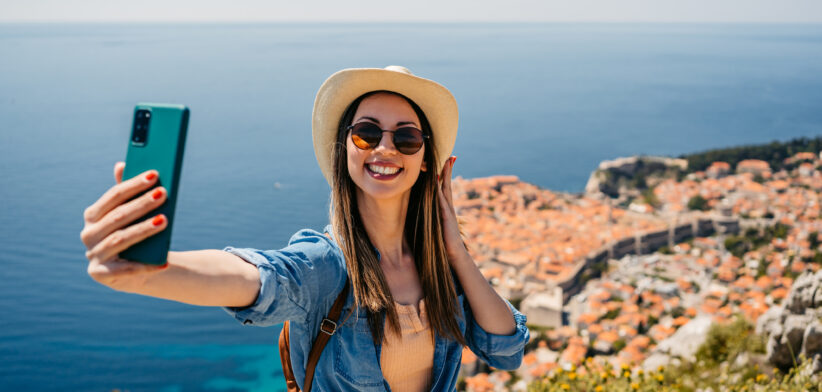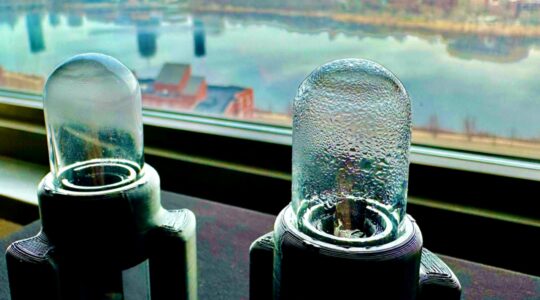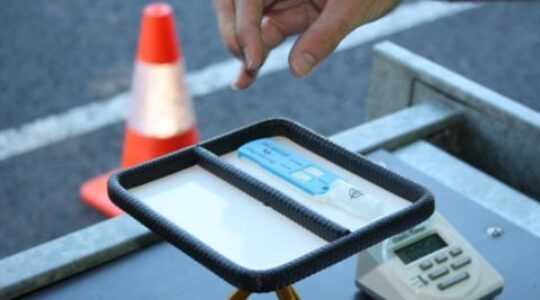The quest for nature-based selfies on social media is causing damage to ecosystems and disrupting the breeding and feeding patterns of animals.
Australian researchers says social media has made it easy for people to find endangered plant species and breeding grounds for birds and animals.
This is bringing thousands of people to some sites, trampling plants, disrupting natural processes and spreading disease.
“The advent of social media has created an environmental impact which would otherwise never have existed,” Edith Cowan University Senior Lecturer in Vertebrate Biology Dr Rob Davis said.
“Social media groups have made it easy for people to identify the location of endangered plant species or the breeding grounds of bird or wildlife species.
“(That) information (is now) being disseminated quickly and causing a major influx of people into an area that would otherwise have remained untouched.”
Dr Davis said the people influx disrupted animal breeding and feeding patterns and increased the risk from predators.
Curtin University School of Molecular and Life Sciences Associate Professor Bill Bateman said the blue-crowned Laughingthrush was a critically endangered bird that was now displaying altered nesting behaviours due to disturbances from photographers.
“We also know orchids are highly susceptible to trampling and habitat changes, with many groups threatened by increased tourism and recreational activities promoted through social media,” he said.
“But it’s not just land and air-based: flash photography and disturbances from divers can negatively affect marine life such as whale sharks and other sensitive aquatic organisms.”
Department of Biodiversity, Conservation and Attractions Research Scientist, Dr Belinda Davis, said orchids were particularly popular on social media.
“These groups can be upwards of 10,000 members so the rapid dissemination of flowering locations and the foot traffic generated to key sites should be considered an emerging threat,” she said.
“Orchids can have highly specific interactions with a single species of pollinator and fungus. Over-visitation not only has a direct impact on orchids from trampling but can indirectly impact the integrity of their ecological interactions leaving orchids vulnerable to population collapse.”
Despite the damage, the researchers also conceded that photography could be a powerful conservation tool to support environmental activism, stewardship and education.
Social media had also resulted in the identification of several new plant species.
The researchers called for new codes of ethics and tighter controls around the use and promotion of flora and fauna on social media.
The full report is on the Edith Cowan University website.








